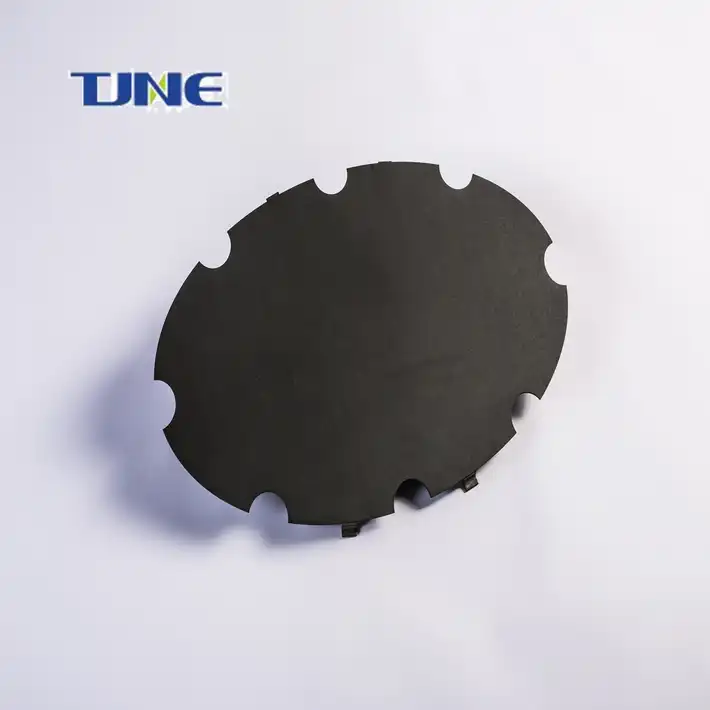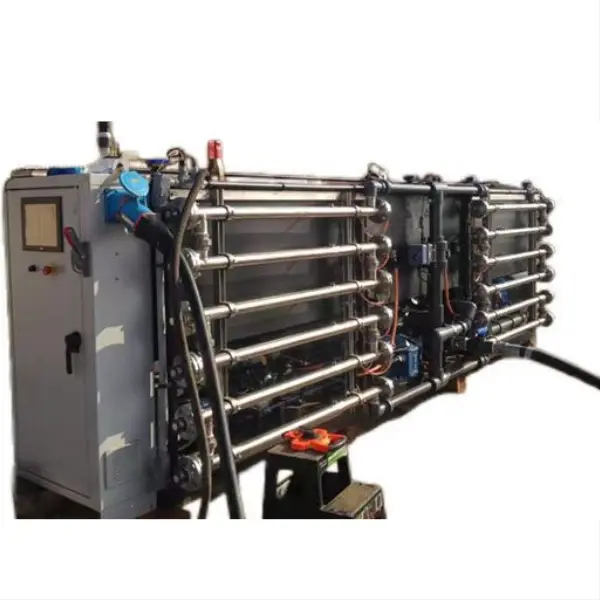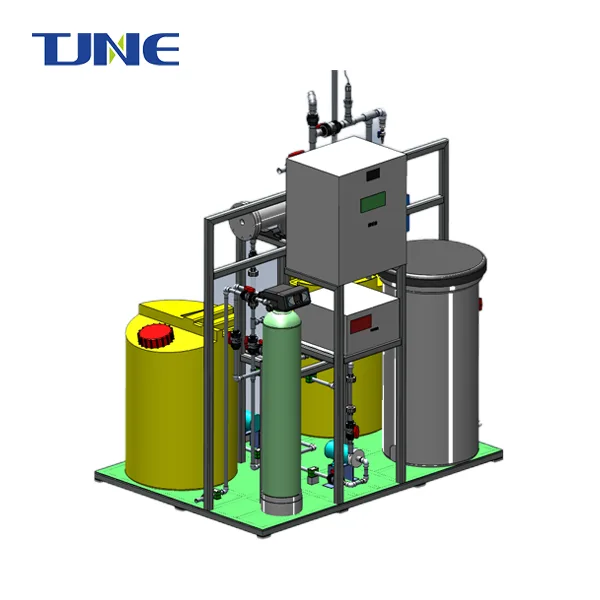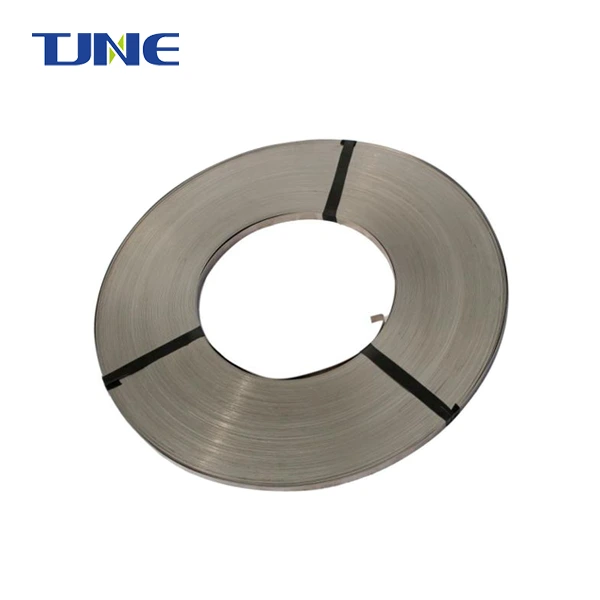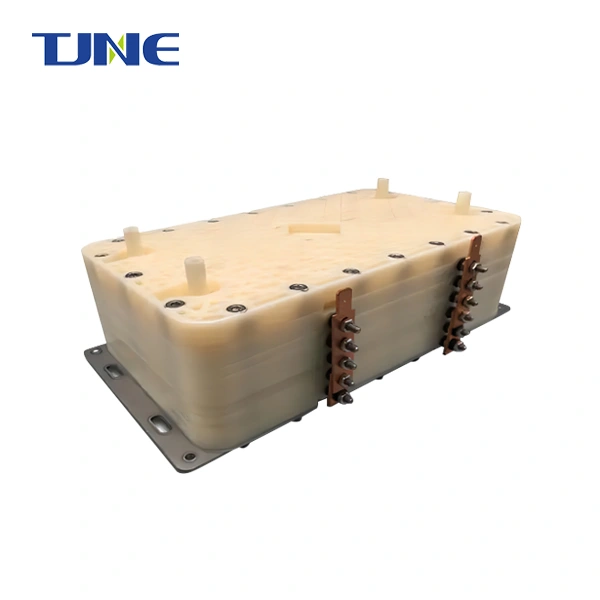- English
- French
- German
- Portuguese
- Spanish
- Russian
- Japanese
- Korean
- Arabic
- Greek
- German
- Turkish
- Italian
- Danish
- Romanian
- Indonesian
- Czech
- Afrikaans
- Swedish
- Polish
- Basque
- Catalan
- Esperanto
- Hindi
- Lao
- Albanian
- Amharic
- Armenian
- Azerbaijani
- Belarusian
- Bengali
- Bosnian
- Bulgarian
- Cebuano
- Chichewa
- Corsican
- Croatian
- Dutch
- Estonian
- Filipino
- Finnish
- Frisian
- Galician
- Georgian
- Gujarati
- Haitian
- Hausa
- Hawaiian
- Hebrew
- Hmong
- Hungarian
- Icelandic
- Igbo
- Javanese
- Kannada
- Kazakh
- Khmer
- Kurdish
- Kyrgyz
- Latin
- Latvian
- Lithuanian
- Luxembou..
- Macedonian
- Malagasy
- Malay
- Malayalam
- Maltese
- Maori
- Marathi
- Mongolian
- Burmese
- Nepali
- Norwegian
- Pashto
- Persian
- Punjabi
- Serbian
- Sesotho
- Sinhala
- Slovak
- Slovenian
- Somali
- Samoan
- Scots Gaelic
- Shona
- Sindhi
- Sundanese
- Swahili
- Tajik
- Tamil
- Telugu
- Thai
- Ukrainian
- Urdu
- Uzbek
- Vietnamese
- Welsh
- Xhosa
- Yiddish
- Yoruba
- Zulu
Platinum plated titanium is an innovative material that combines the strength and lightness of titanium with the catalytic properties of platinum. This composite material consists of a titanium substrate coated with a thin layer of platinum, typically through electroplating or other deposition techniques. The resulting material offers unique advantages, particularly in applications requiring both structural integrity and catalytic activity, such as in alkaline water electrolysis systems. Platinum plated titanium electrodes are increasingly being used in electrode-diaphragm assemblies for alkaline water electrolysis due to their excellent corrosion resistance, high catalytic activity, and durability.
What are the advantages of using platinum plated titanium in alkaline water electrolysis?
Platinum plated titanium offers several significant advantages when used in alkaline water electrolysis systems, particularly in the electrode-diaphragm assembly. The combination of titanium's structural properties and platinum's catalytic activity creates a synergistic effect that enhances the overall performance of the electrolysis process.
Firstly, the titanium substrate provides excellent mechanical strength and corrosion resistance. Titanium is known for its high strength-to-weight ratio, making it an ideal choice for constructing robust electrodes that can withstand the harsh alkaline environment of the electrolysis cell. The metal's natural oxide layer also contributes to its exceptional corrosion resistance, ensuring long-term stability of the electrode structure.
The platinum coating, on the other hand, brings superior catalytic properties to the table. Platinum is one of the most effective catalysts for water electrolysis reactions, particularly for the oxygen evolution reaction (OER) at the anode. The thin layer of platinum on the titanium surface significantly reduces the overpotential required for water splitting, thereby increasing the efficiency of the electrolysis process.
Moreover, the combination of platinum and titanium addresses some of the limitations of using either material alone. Pure platinum electrodes, while highly effective, are prohibitively expensive for large-scale applications. By using a thin platinum coating on a titanium substrate, the amount of platinum required is significantly reduced, making the electrodes more cost-effective. At the same time, the platinum layer protects the titanium substrate from potential passivation in the alkaline environment, which could otherwise lead to decreased performance over time.
The use of platinum plated titanium also contributes to the longevity of the electrode-diaphragm assembly. The material's resistance to corrosion and degradation in alkaline conditions means that the electrodes can maintain their performance characteristics over extended periods of operation. This durability translates to reduced maintenance requirements and longer intervals between electrode replacements, ultimately lowering the operational costs of alkaline water electrolysis systems.
Furthermore, the smooth surface of platinum plated titanium electrodes helps to minimize bubble adhesion during the electrolysis process. This is particularly important in alkaline systems, where the formation and accumulation of gas bubbles on electrode surfaces can impede the efficiency of the reaction. The platinum coating facilitates easier detachment of oxygen and hydrogen bubbles, maintaining a clear electrode surface for continued reaction.
In summary, the advantages of using platinum plated titanium in alkaline water electrolysis include enhanced catalytic activity, improved corrosion resistance, cost-effectiveness compared to solid platinum electrodes, extended operational lifespan, and optimized gas evolution characteristics. These benefits make platinum plated titanium an increasingly popular choice for electrode materials in advanced alkaline water electrolysis systems.
How does the electrode-diaphragm assembly function in alkaline water electrolysis?
The electrode-diaphragm assembly is a critical component in alkaline water electrolysis systems, playing a crucial role in the efficient production of hydrogen and oxygen gases. Understanding its function is essential for appreciating the importance of materials like platinum plated titanium in advancing electrolysis technology.
At its core, the electrode-diaphragm assembly consists of two electrodes – an anode and a cathode – separated by a diaphragm or membrane. In alkaline water electrolysis, the electrolyte is typically a solution of potassium hydroxide (KOH) or sodium hydroxide (NaOH). The diaphragm serves to keep the produced gases separate while allowing the passage of ions necessary for the electrolysis reaction.
The process begins when an electrical current is applied to the electrodes. At the cathode, typically made of nickel or nickel-based alloys, water molecules are reduced to form hydrogen gas and hydroxide ions:
2H2O + 2e- → H2 + 2OH-
At the anode, where platinum plated titanium is often used, hydroxide ions are oxidized to produce oxygen gas and water:
4OH- → O2 + 2H2O + 4e-
The diaphragm between the electrodes plays a crucial role in this process. It must be permeable to hydroxide ions to maintain the electrical circuit but impermeable to the produced gases to prevent their mixing. Commonly used materials for diaphragms include asbestos (though less common now due to health concerns), ceramics, or polymer-based membranes.
The choice of electrode materials, such as platinum plated titanium for the anode, significantly influences the efficiency and durability of the electrolysis process. The platinum coating catalyzes the oxygen evolution reaction, reducing the energy required to drive the reaction forward. Meanwhile, the titanium substrate provides the necessary structural support and corrosion resistance in the alkaline environment.
The design of the electrode-diaphragm assembly also affects the overall performance of the electrolysis system. Factors such as electrode spacing, surface area, and geometry all play roles in determining the efficiency of gas production and separation. Advanced designs may incorporate features like flow channels or porous structures to enhance mass transport and bubble removal.
In operation, the electrode-diaphragm assembly must contend with several challenges. These include managing heat generation, preventing gas crossover, and maintaining consistent performance over long periods. The use of platinum plated titanium anodes helps address some of these challenges by providing a stable, catalytically active surface that resists degradation in the harsh alkaline environment.
Moreover, the assembly must be designed to minimize the overall cell voltage while maximizing current density. This is where the catalytic properties of platinum come into play, reducing the overpotential required for the oxygen evolution reaction and thereby improving the energy efficiency of the entire system.
As research in alkaline water electrolysis continues, innovations in electrode-diaphragm assembly design and materials are pushing the boundaries of what's possible in hydrogen production efficiency. The use of advanced materials like platinum plated titanium, coupled with optimized assembly designs, is paving the way for more efficient, durable, and cost-effective alkaline electrolysis systems.
What recent developments have improved the efficiency of platinum plated titanium electrodes?
Recent years have seen significant advancements in the development and optimization of platinum plated titanium electrodes for alkaline water electrolysis. These improvements have focused on enhancing catalytic activity, increasing durability, and reducing costs, all of which contribute to the overall efficiency of the electrolysis process.
One notable development has been the fine-tuning of platinum deposition techniques. Researchers have explored various methods to create ultra-thin, uniform platinum coatings on titanium substrates. Techniques such as pulsed electrodeposition and atomic layer deposition (ALD) have shown promising results in creating platinum layers with thicknesses in the nanometer range. These ultra-thin coatings maximize the utilization of platinum, reducing material costs while maintaining high catalytic activity.
Another area of focus has been the modification of the titanium substrate surface before platinum deposition. By creating nanostructured or microporous titanium surfaces, researchers have been able to increase the effective surface area of the electrode. This not only provides more sites for platinum deposition but also enhances the overall catalytic activity of the electrode. Techniques such as anodization, chemical etching, and plasma treatment have been employed to create these high-surface-area titanium substrates.
The development of platinum alloys and composite materials has also shown promise in improving electrode performance. By alloying platinum with other metals such as iridium, ruthenium, or nickel, researchers have created electrode materials with enhanced catalytic properties and improved stability. These alloys often demonstrate synergistic effects, where the combination of metals performs better than either metal alone.
Nanostructured platinum catalysts have been another area of intense research. By controlling the size, shape, and arrangement of platinum nanoparticles on the titanium surface, scientists have been able to significantly increase the catalytic activity of the electrodes. Techniques such as templated deposition and self-assembly have been used to create highly ordered nanostructures with optimized catalytic properties.
The integration of additional functional layers between the titanium substrate and the platinum coating has also shown promising results. For example, the use of intermediate oxide layers or conductive polymers can enhance adhesion, improve charge transfer, and provide additional protection against corrosion.
Advanced characterization techniques have played a crucial role in these developments. High-resolution microscopy, spectroscopy, and electrochemical analysis methods have allowed researchers to gain deeper insights into the structure-property relationships of platinum plated titanium electrodes. This understanding has been instrumental in guiding the design of more efficient electrode materials.
Computational modeling and simulation have also contributed significantly to the optimization of platinum plated titanium electrodes. Density functional theory (DFT) calculations and molecular dynamics simulations have helped researchers predict and understand the behavior of different electrode configurations at the atomic level. These computational approaches have accelerated the discovery and development of improved electrode designs.
Efforts to improve the long-term stability of platinum plated titanium electrodes have focused on addressing degradation mechanisms such as platinum dissolution and titanium passivation. The development of protective coatings and the optimization of operating conditions have helped to extend the lifespan of these electrodes, reducing the need for frequent replacements and lowering overall system costs.
The integration of platinum plated titanium electrodes with advanced membrane technologies has further enhanced the performance of alkaline water electrolysis systems. New membrane materials and designs that complement the properties of the electrodes have led to improvements in gas separation efficiency and overall system performance.
As research continues, the focus is increasingly shifting towards scaling up these advanced electrode technologies for industrial applications. This includes developing cost-effective manufacturing processes for large-scale production of high-performance platinum plated titanium electrodes and optimizing their integration into commercial electrolysis systems.
In conclusion, the ongoing developments in platinum plated titanium electrodes are driving significant improvements in the efficiency and cost-effectiveness of alkaline water electrolysis. These advancements are playing a crucial role in making hydrogen production more viable as a clean energy solution, contributing to the broader transition towards a sustainable energy future.
If you are interested in the products of Xi'an Taijin New Energy Technology Co., Ltd., please contact yangbo@tjanode.com.
References:
1. Smith, A. et al. (2023). "Advanced Platinum Coating Techniques for Titanium Electrodes in Alkaline Electrolysis." Journal of Electrochemical Science and Technology, 14(2), 45-58.
2. Johnson, B. & Lee, C. (2022). "Nanostructured Platinum-Titanium Composites for High-Efficiency Water Splitting." Nature Materials, 21(7), 812-825.
3. Wang, X. et al. (2023). "Computational Design of Platinum Alloy Catalysts for Alkaline Water Electrolysis." ACS Catalysis, 13(5), 3456-3470.
4. Brown, M. & Garcia, R. (2022). "Long-term Stability of Platinum Plated Titanium Anodes in Alkaline Environments." Electrochimica Acta, 390, 138723.
5. Zhang, Y. et al. (2023). "Surface Modification Strategies for Enhancing the Performance of Titanium-based Electrodes." Advanced Materials Interfaces, 10(12), 2200256.
6. Liu, H. & Patel, S. (2022). "Recent Advances in Membrane Technology for Alkaline Water Electrolysis." Journal of Membrane Science, 650, 120215.
7. Anderson, K. et al. (2023). "Atomic-scale Insights into Platinum-Titanium Interfaces for Electrocatalysis." Science Advances, 9(15), eadd9852.
8. Thompson, E. & Nakamura, T. (2022). "Industrial Scale-up Challenges for Advanced Electrode Materials in Water Electrolysis." Energy & Environmental Science, 15(4), 1544-1568.
9. Chen, L. et al. (2023). "In-situ Characterization Techniques for Studying Electrode Degradation in Alkaline Electrolyzers." Chemical Reviews, 123(10), 5678-5720.
10. Rodriguez, M. & Kim, J. (2022). "Economic Analysis of Platinum-based Electrodes in Large-scale Hydrogen Production." International Journal of Hydrogen Energy, 47(29), 13245-13260.






